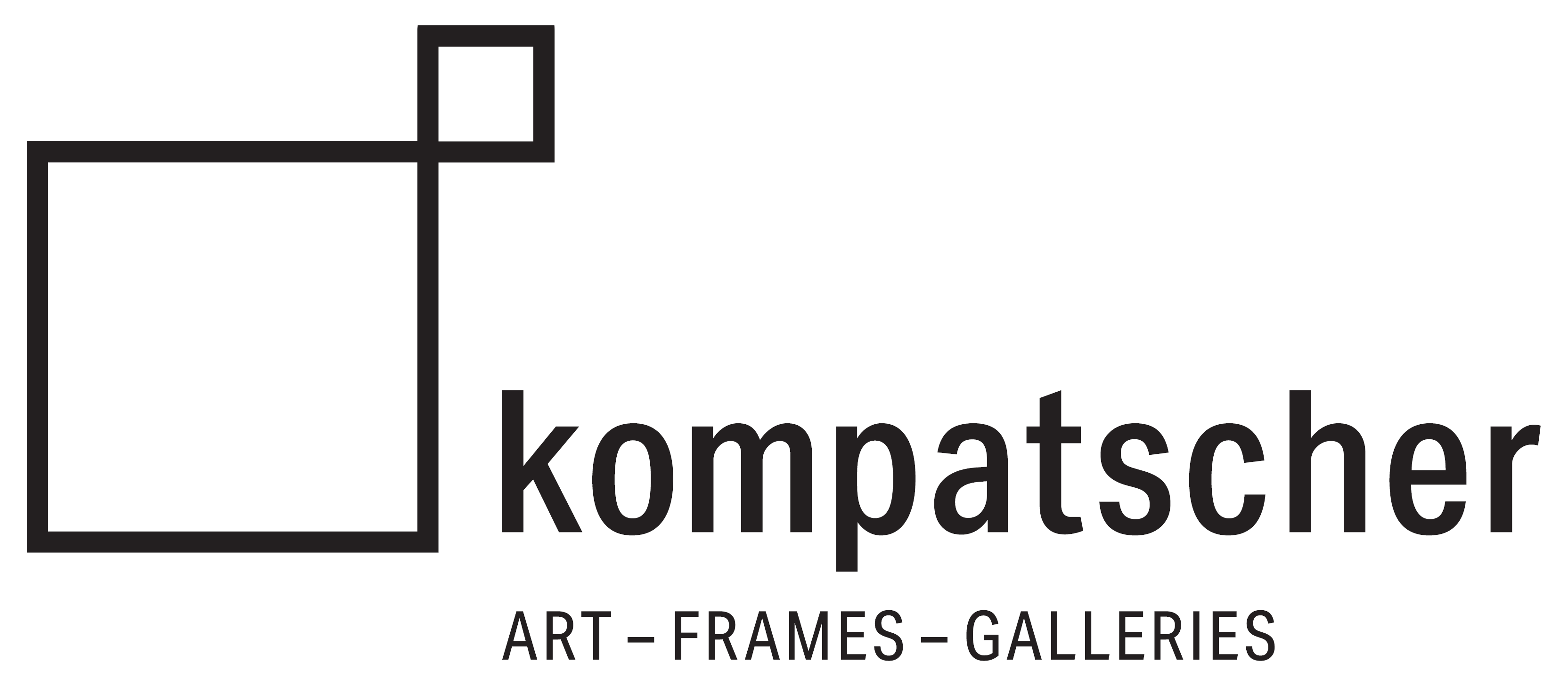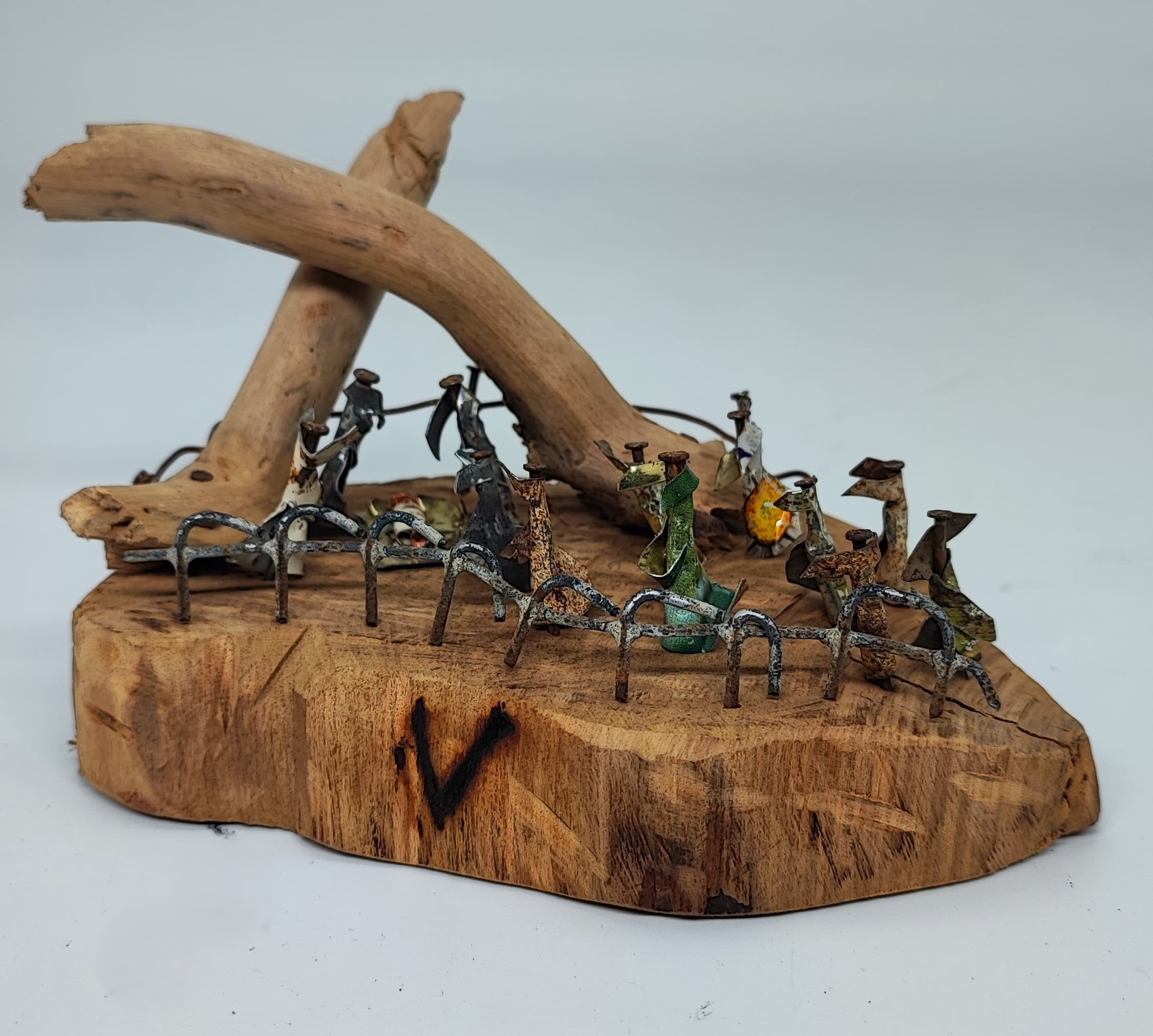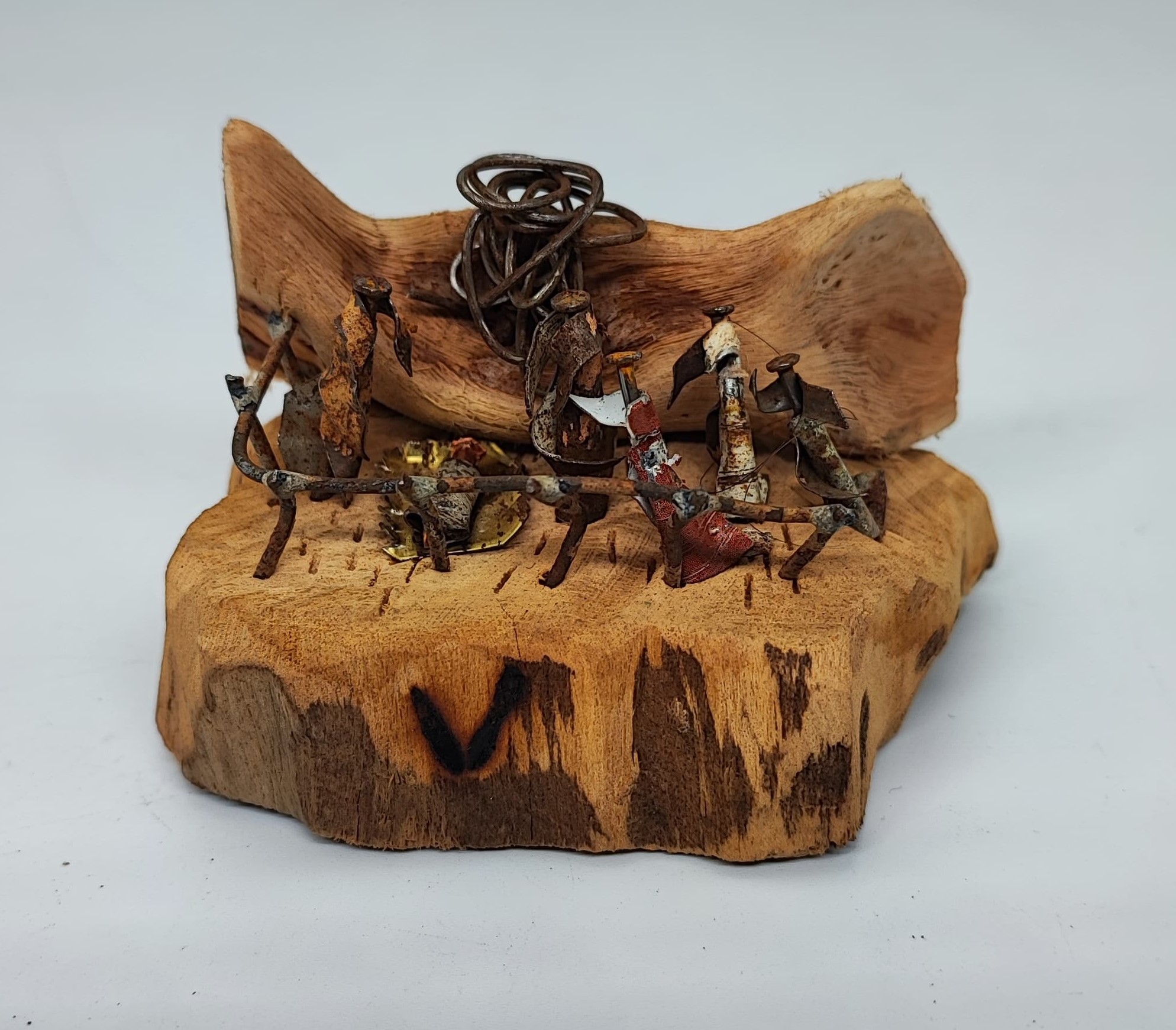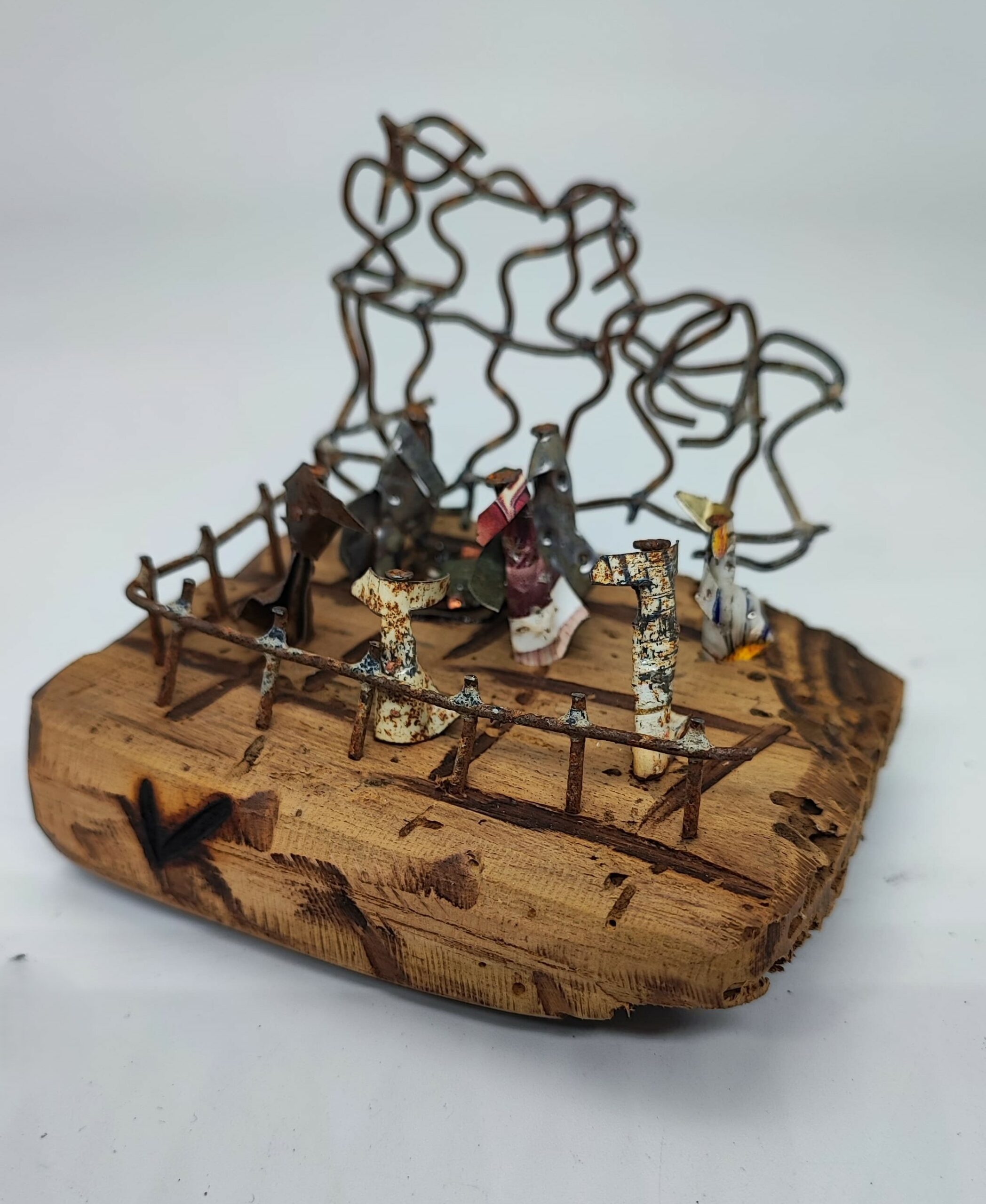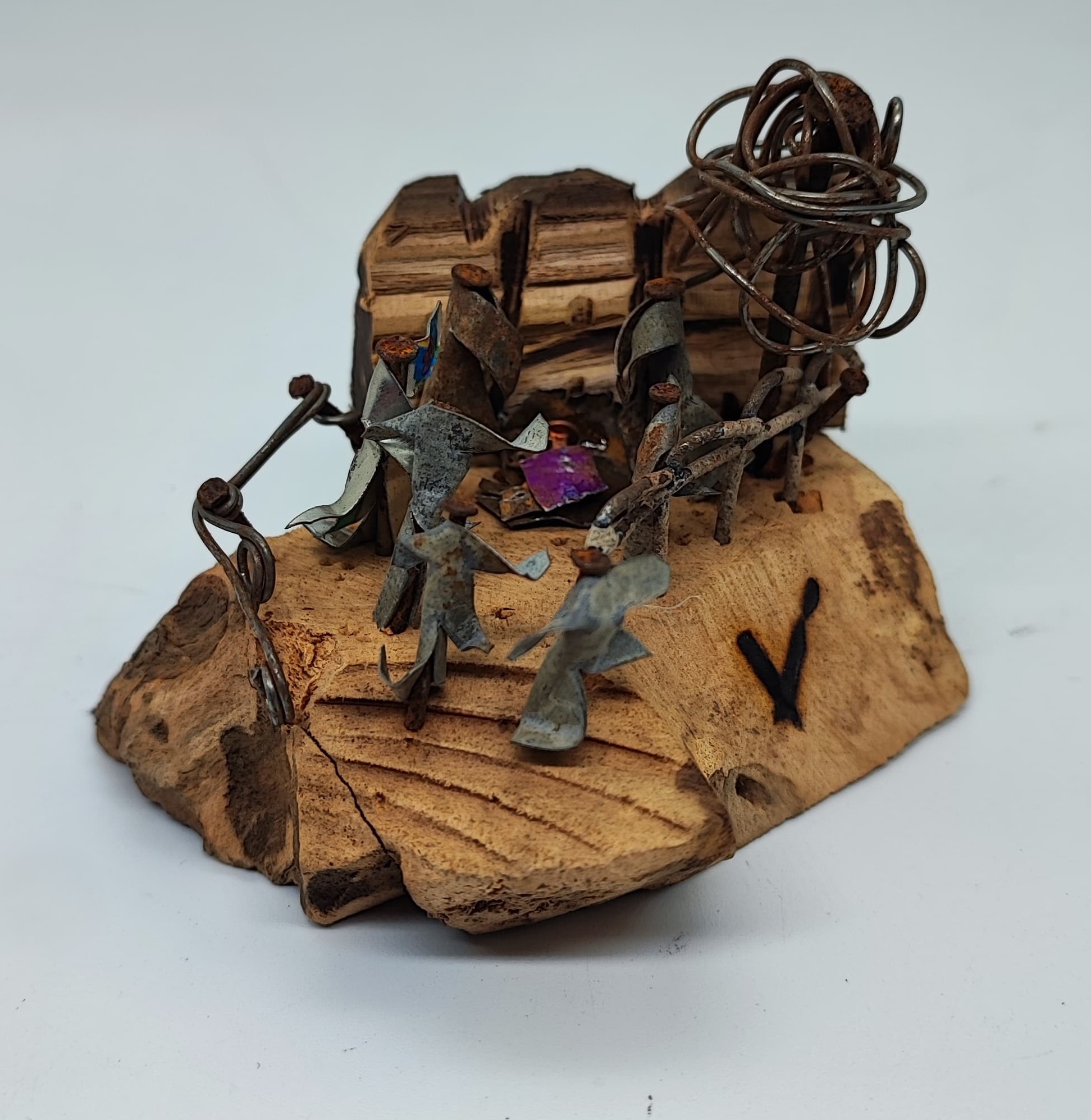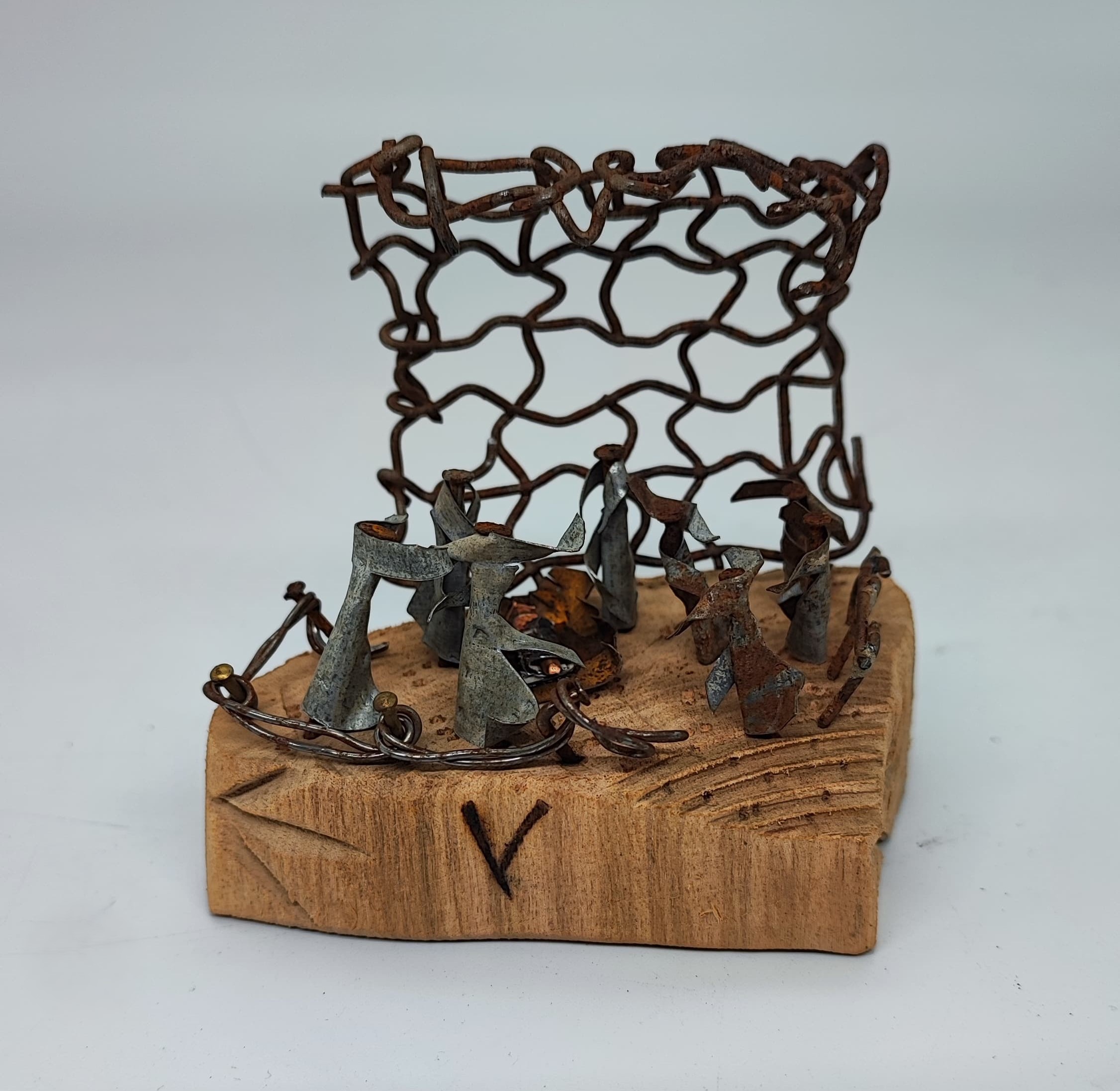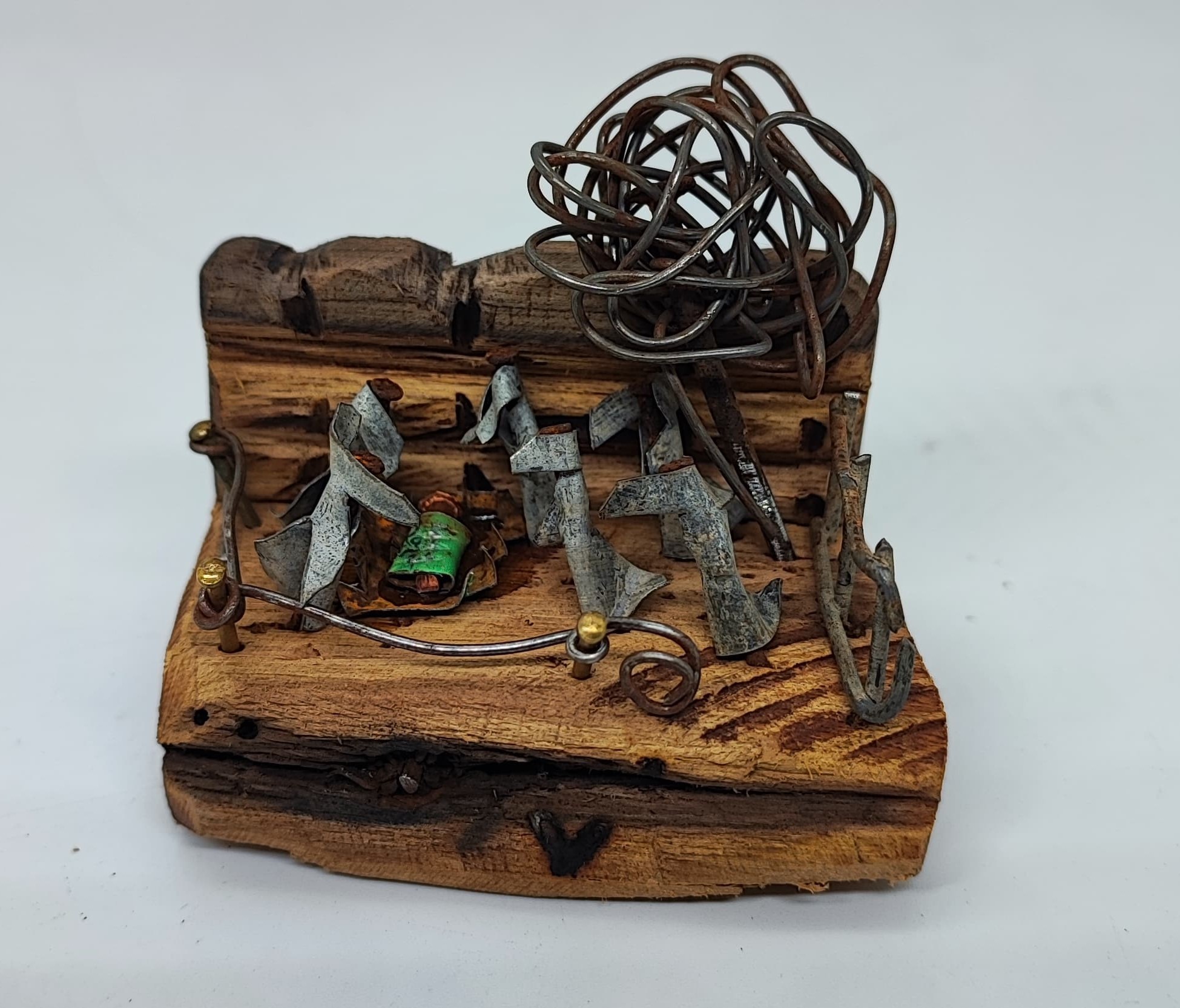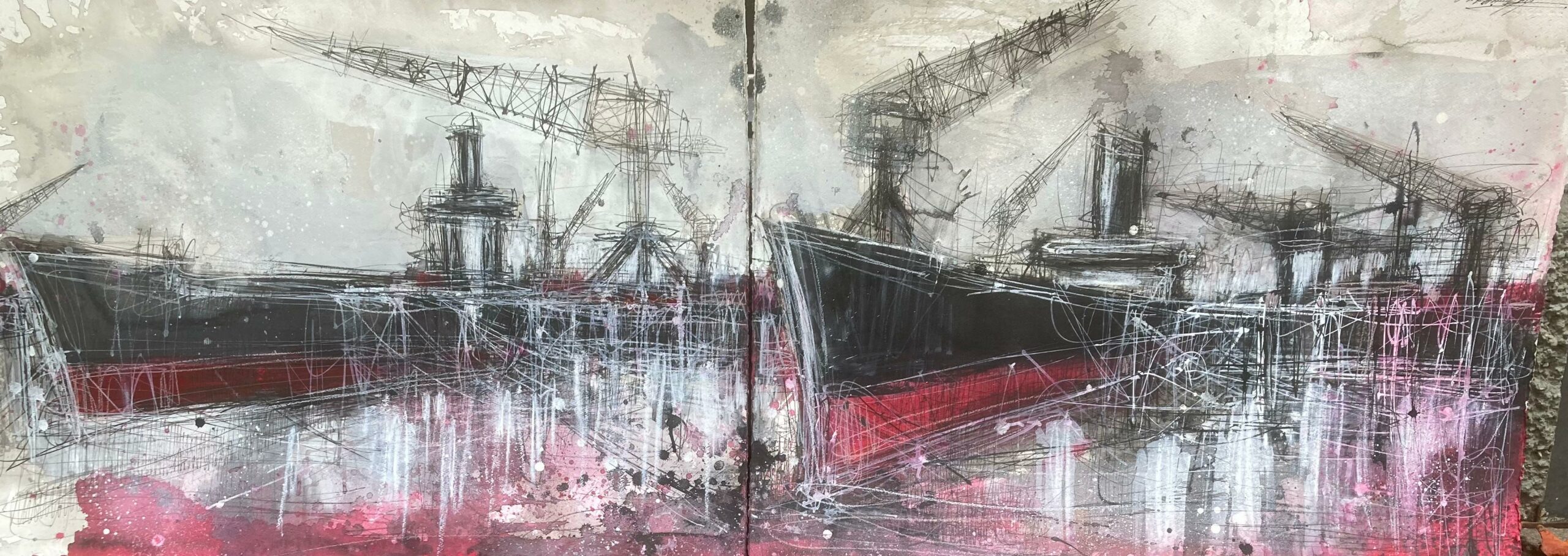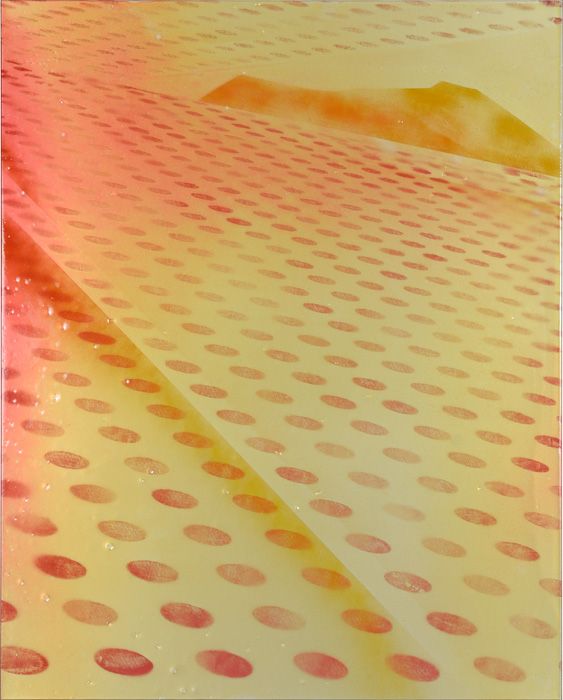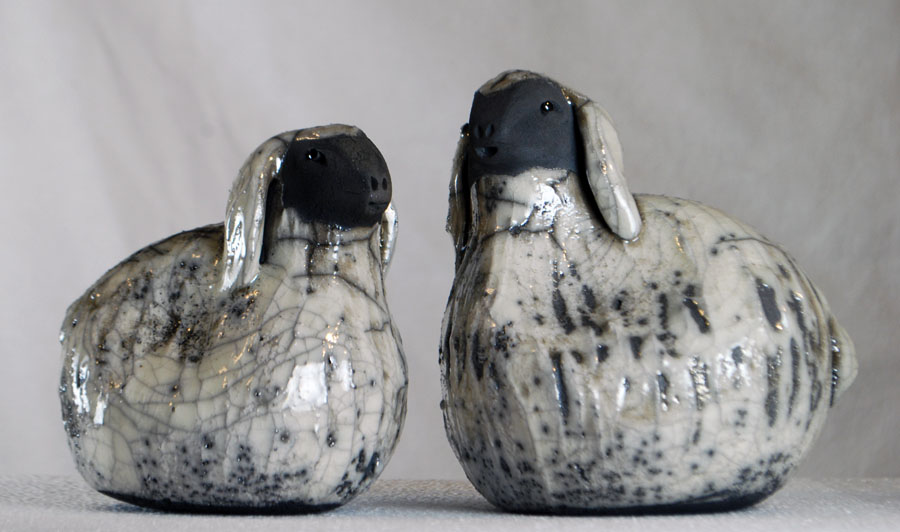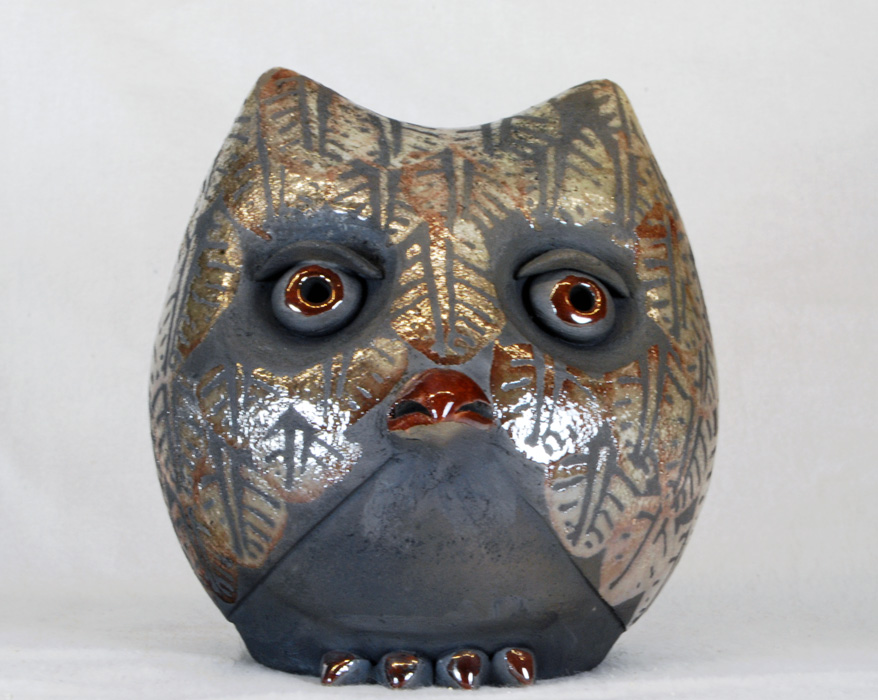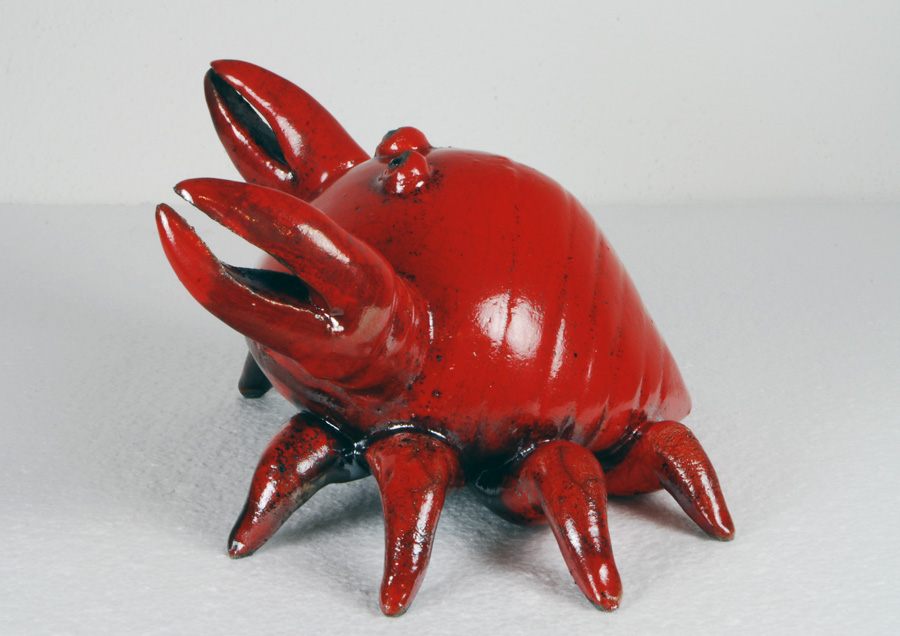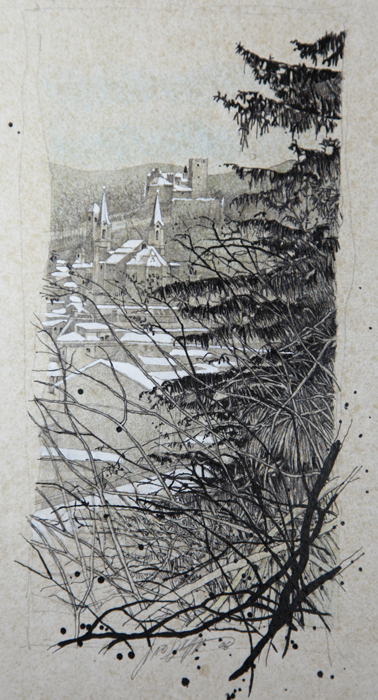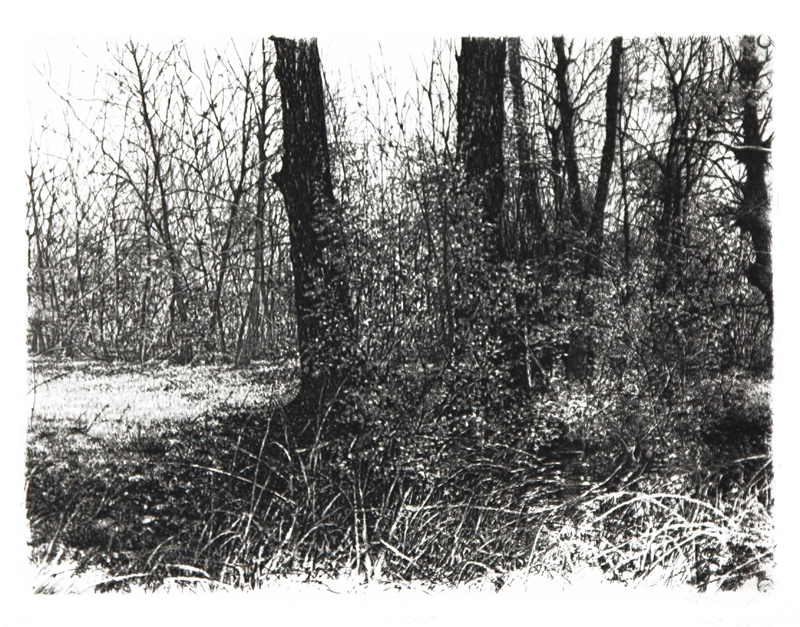Ruggiero Valentino
Ruggiero Valentino
Born on November 6, 1951 in San Liborio, a fraction of Piano di Sorrento
The passion for the land that characterizes Valentino is his way of avoiding the progress and inconvenience of modern life. The illusion of being able to stop time in his childhood and adolescence moved him to preserve everything that reminded him of those moments.
In all these years devoted to the collection of a thousand commodities and agricultural implements, he has always believed that all this should become the heritage of many.
The passing of the years is getting sharper and makes his attachment to the earth more and more. In the dreams of Valentino remains the desire to maintain the connection to the past, and the concern for contact with nature.
And today, at the age of 70, Valentino has managed to turn these humble objects, inspired by his creativity, into meaningful works that trigger nostalgia, convey messages, make us think … at least a little bit.
Artworks:
LoMeiHing Diana
Diana LoMeiHing
Diana LoMeiHing was born in Hong Kong. She moved to Europe and studied in Milan as a student at the Art School of the Ursulines.
1978 She graduated with honors in painting at the Academy of Brera, together with V. Ferrari and D. Manfredi. That same year, she defended her dissertation on “Representation of Buddha: from the Indian representation to the Chinese one”, with Raffaele De Grada. During the pre-graduation years, she traveled in China and in France, conducting her studies and research on cultural and artistic traditions of the East.
After having graduated from the Brera Academy of Fine Arts, she visited the workshop of Luigi Lomato in Milan, where she worked until getting interested in oil painting and then also in sculpture.
1979 Her first personal exhibition was held in the Goethe Gallery of Bozen.
1980-1981 Creation of tests and illustrations for the “ecological sites” for the Autonomous Province of Bozen.
1982 She writes and prepares a book, “186 recipes and one easy method of the Chinese cuisine”, for the Arnoldo Mondadori publishing house, that is consequently translated to English and German. In October 1986, she wins the First Prize in the “illustrated books” category at the Book Fair of Frankfurt, with the German edition of this book.
1984 Diana LoMeiHing writes a script for the Italian RAI TV program of the”Department of School and Education”, dedicated to the Chinese cuisine and culture, and flanks director Fantoni in realization of this documentary in Milan and Rome.
1987 She makes watercolor illustrations for the book “Macrobiótica” by Michio Kushi, the RED publisher from Como.
1988 She is included in the Catalog of Modern Art, curated by Giorgio Mondadori, led.
1989 She starts her work as a designer at textile company “Tessitura Serica Molinelli” in Como and makes exclusive designs for Mark & Spencer, UK.
1995/1996 At the invitation of KIDP (Korean Institute of Industrial Design & Packaging), she participates in seminar dedicated to “Advisory planning & Consulting” in South Korea, at Sudo Industrial Co. in Daegu and at Seoul Products Co. Ltd. in Seoul. She works also as a textile designer for Doptik AG in Zurich, Switzerland and for Bon AG Wahlstedt in Germany and Denmark.
1997 Realization of covers for books of the series “Paoline Editoriale Libri”.
2000 The artist teaches at the Art School of the Ursulines in Milan. She gets registered as a member of the EIF (European Illustrators Forum).
2005 Since 2005, she has been part of the scientific team of the ITALIA-CINA Association. Consequently, she moves to Brixen and continues her artistic activity for exhibitions throughout South Tyrol. Besides, she keeps on teaching painting at the UPAD School, the palladium of Brixen.
2009 She becomes a member of the Board of Directors of the City Gallery Bressanone.
2011 She has illustrated the whole book “Il Giardino Segreto” (“The Secret Garden”) of the Weger publishing house. Besides, she’s a curator of the project, exposition and event that took place in the gardens of Hotel Elefant Marzani in Brixen – the first event of this kind ever held in South Tyrol.
2012 With other five members, she’s founded Cultural Association Zero in Brixen, and she presides over its meetings. She has curated an exposition / event in garden Marzari at Hotel Elefant and organized the program of “the secret garden – a long path of an elephant”. A charity event that took place from May 2012 to January 2013, in collaboration with the Nature History Museum of Milan, the Asian Elephant Foundation and the funds collected by the WWF Italy for the protection of Asian elephants. The initiative is supported by hundreds of artists, painters, sculptors, graphic artists, calligraphers, poets, photographers, musicians, filmmakers, cartoonists, archaeologists, volunteers and by schools of South Tyrol and Milan, by the art workshop “Self-Help ” in Bruneck, by the field of art therapy of the hospital of Brixen, and by the San Vittore prison in Milan.
Artworks:
Nothing found.
Bayter Federico Romero
Federico Romero Bayter
Federico Romero Bayter was born in 1981 in Colombia, he studied in Milan, at the Academy of Brera, and he now lives in Genoa.
PERSONAL EXHIBITIONS
2014 | Art Gallery Kompatscher, Brixen – 2014 | PERCEZIONE #PAESAGGIO Reggio Emilia – 2013 | A TORINO Dajago Cultural Magazin, Torino – 2012 | GRABADOS F.I.G. Festival Internacional de Grabados, Bilbao – 2012 | BAYTER-BRANCA-GIOVANROSA Rotta Farinelli Gallery of Modern Art, Genoa – 2012 | PENOMBRA Church of San Rocco in Carnago, Varese – 2011 | CAPRICHOS Federico Rui Gallery, Milan – 2010 | TECNICA MIXTA Roberto Rotta Farinelli Gallery of Modern Art, Genoa – 2009 | AMANECERES New Space Gallery, Piacenza (cured by Emanuele Beluffi) – 2009 | DIBUJOS Y PINTURAS Roberto Rotta Farinelli Gallery of Modern Art, Genoa (cured by Vladek Cwalinski) – 2008 | PERSONAL Il Triangolo Gallery, Cremona – 2007 | ALLA SCOPERTA ArteSi Gallery, Ferrara – 2007 | LABERINTOS DE SOLEDAD Ghiggini Gallery, Varese – 2007 | GENOVA Roberto Rotta Farinelli Gallery of Modern Art, Genoa – 2007 | VIth edition of Ghiggini Award, Varese
AWARDS
2006 | Ricas Award, Milan
2005 | IV International Biennial Award for Engraving, City of Monsummano Terme
2005 | Salon I Award of Brera, Milan
2004 | Industrial Arts Award, Milan
2003 | Helios Arts Award, Milan
MAIN GROUP EXHIBITIONS
2013 | Olimpia ART Fair, London – 2011 | 54° International Art Exhibition of Venice, Italy Pavilion (cured by Vittorio Sgarbi), Liguria Regional Pavilion – 2011 | GOTHA, fair of Parma – 2010 | CARTE DIPINTE, Bi-personal, Bianca Maria Rizzi Gallery, Milan (cured by Emanuele Beluffi) – 2009 | Contemporary Spinola. Contemporary art meets the historic dwelling, National Gallery of Palace Spinola, Genoa – 2006 | Roberto Rotta Farinelli Gallery of Modern Art, Genoa – 2004 | Salon I of Brera, Milan – 2004 | Images of Genoa, Genoa – 2002 | San Fedele Gallery, Milan
COLLABORATIONS
Epson, Genoa calcio, Sampdoria
Artworks:
Nothing found.
Negri Matteo
Negri Matteo
Matteo Negri was born in S.Donato Milanese (MI) in 1982. After graduating in sculpture at the Accademia di Belle Arti di Brera – Milan in 2003, the artist created numerous installations for exhibitions at art galleries, public spaces and art fairs in Italy and abroad (including Paris and Berlin). Matteo Negri currently lives and works in Milan.
Exhibition “Straight into the Corner” 2016 (Art Gallery Kompatscher)
The modulation of the small pieces, the articulation of the individual piece of art reveals a perspective fascinated by urban architecture which finally develops into what Negri defines as Kamigami, sculptural installations which are projected into infinity by means of reflecting walls in steel or mirrors. As he himself writes, “This is where the Straight into the corner exhibition comes from”, which for him means “concentrating on the edge, on the corner which creates new visions; where apparently everything ends, new space opens up”. The first piece of art which we encounter on our walk through the exhibition is a large-size mural Kamigami with the title Z – to – A which further develops the better known Kamigami Boxes where the perspective of the surface is modulated by means of reflecting walls even though in this case it is a perforated panel which rather suggests vanishing points. The ensuing pieces of art are Flatstep in lacquered and chrome-plated iron, L’Ego Mondrian and ten extraordinary works called PSA (literally Pittura su Alluminio – Painting on Aluminum) Straight into 1, 2, 3… 100 x 80 cm each, a clear invitation to get into architectural urban space.
Straight into the Corner, 2016
Artworks:
Nothing found.
Falk Christian
Falk Christian
The ceramist Christian Falk was born in 1958 in Bruneck. Currently, he lives and works in Brixen – South Tyrol. Through the Raku technique, the artist fills his ceramic figures and sculptures with a distinctive and unique character.
It begins all with a casual work at the ceramic company „Kunter“ at Bruneck. Christian Falk thought to work there till he would find another place to work. But after a short period there he recognized that he found his passion. Twenty years later he makes a big step: he gets independent and earns money by making ceramics.
Christian Falk also likes to share his passion and teaches other interested people in workshop mostly the Raku-technique. With this technique most of his art pieces were made of. The word Raku means something like „wellbeing, joy, luck“ and also „the best in the whole world“. It’s a traditional japanese firing process with an individual result. The formed object is put in the oven at about 1000 degrees Celsius. It is taken out still glowing and wrapped in a flammable material like sawdust and under air exclusion „besmoked“. This is how the unique structures of the glazes and colours is generated – the sudden cooling creates the typical cracks on the surface of the Raku ceramics.
Christian Falk calls himself a varied ceramicist, because he is working with a lot of diverse techniques. Varied also because he produces different ceramics. On one hand he makes Design-artworks but also art with a benefit like individual dinnerware for exquisite Restaurants or Hotels.
He also took and takes part on numerous exhibitions and competition as the Bonsai Keramik Kontest – Akiten in Brixen where he won 2019 the first price.
Cf. Lena Mittermaier Die Südtirolerin, dic/jan/feb 2019/2020, p. 94-97.
Artworks:
Nothing found.
Aversa Marcello
Marcello Aversa
The Neapolitan nativity scene artist Marcello Aversa uses his miniature nativity scenes made of clay to match the classic southern Italian nativity scenes of the 18th century. The small clay figures reach a size of 8 mm up to a maximum of 4 cm. Typical nativity scenes are shown, such as groups of sheep and shepherds in the message of the Annunciation, the Holy Family, who finds shelter in a grotto, of the three wise men and their large entourage. The peculiarity of these artistic clay nativity scenes lies in the way they are worked, in which various figures result in a single clay figure complex. Only the angels are hung up by means of a thin wire.
Artworks:
Nothing found.
Orrasch Edi
Orrasch Edi

Edi Orrasch was born in 1918 in Trieste, died in October 2015. After graduation from the Commercial Technical School of Bozen, he worked as a caricaturist for various newspapers of South Tyrol.
Edi Orrasch is resident in Sterzing and he’s a well-known cartoonist and humorous illustrator. His works are often defined as splendid graphic-artistic reinterpretations of the daily reality and of influential people of the South Tyrolean culture. In his drawings, Edi Orrasch discloses a clear preference for traditional-looking characters – figures that often have to face the life in a particular anecdotal ambiance.
Artworks:
Nothing found.
Ceschin Livio
Ceschin Livio
Livio Ceschin, 1962 born in Pieve di Soligo (Treviso), completes his artistic studies at the Art University of Venice and at the Raffaello Academy in Urbino. In 1991, he creates his first works, using the engraving technique, with special propensity to etching and dry point techniques. Starting from 1996, his works appear for the first time at the London National Gallery, in the art collection of the Bibiliothèque Nationale de la France in Paris, and in the graphic collection of Caixanova in Spain. Ceschin is considered to be one of the best Italian artists in the field of engraving. The expressiveness of his figures, as well as the perfect contrast between lights and shadows, are the prooves of his great mastery of this technique.
In these last years, he has published important graphic works, thanks to collaboration with various poets, among whom Andrea Zanzotto (2001), Mario Luzi e Franco Loi (2003). In 2003, Livio Ceschin realized the cover “Sentiero di montagna” (“Mountain trail”) for the Polish version of the famous book “La storia di Tönle” by Mario Rigoni Stern.
Artworks:
Nothing found.
